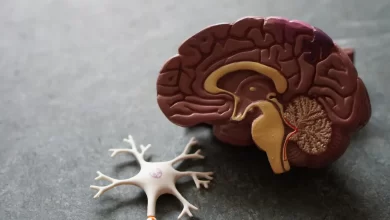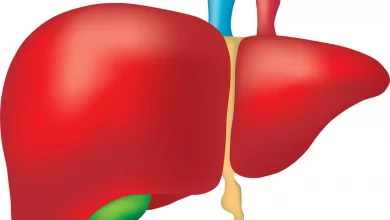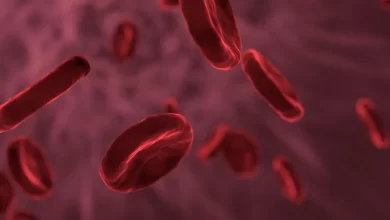Veins are essential components of the circulatory system, responsible for transporting deoxygenated blood back to the heart from various parts of the body. Unlike arteries, veins have thinner walls and lower blood pressure, relying on one-way valves to prevent blood from flowing backward. Muscle contractions around the veins help push blood upward, especially from the legs. Veins are also more visible beneath the skin, often appearing blue due to the way light penetrates the skin. While most veins carry deoxygenated blood, pulmonary veins are unique as they transport oxygenated blood from the lungs to the heart. Maintaining vein health through regular exercise and proper circulation is important to prevent issues like varicose veins and deep vein thrombosis.
- Veins Carry Deoxygenated Blood
Most veins transport deoxygenated blood back to the heart, except for pulmonary veins. - Veins Have Valves
To prevent blood from flowing backward, veins have one-way valves. - Veins Are Thinner Than Arteries
Veins have thinner walls compared to arteries, as they handle lower blood pressure. - Blood in Veins Appears Blue
Veins appear blue under the skin due to how light penetrates the skin, but the blood inside is always red. - Varicose Veins Are Common
Enlarged, twisted veins, called varicose veins, are common and often appear in the legs. Womens are more prone to this than the males. - Tall people tend to have more varicose veins
According to a report taller people tend to have more varicose veins problem due to gravity. Even, Giraffes are also immune to this disease. - Veins Store Most of Your Blood
About 70% of the body’s blood volume is stored in veins. - Pulmonary Veins Are Unique
Pulmonary veins carry oxygenated blood from the lungs to the heart, unlike other veins. - Veins Expand With Age
As we age, veins can stretch, and valves may weaken, leading to circulation issues. - Veins Rely on Muscle Movement
Blood in veins is pushed back to the heart by muscle contractions around the veins. - Deep Vein Thrombosis Is a Serious Condition
A blood clot in a deep vein, usually in the legs, can be life-threatening if untreated. - Veins Are Part of the Circulatory System
Veins, along with arteries and capillaries, form the complete circulatory system. - Veins Have Less Pressure Than Arteries
Blood pressure in veins is much lower than in arteries due to the distance from the heart. - Veins Are More Visible in Some People
Veins are more visible in people with lighter skin, low body fat, or higher muscle mass. - Veins Help Regulate Body Temperature
Veins close to the skin surface help release or conserve heat to maintain body temperature. - The Largest Vein Is the Vena Cava
The superior and inferior vena cava are the largest veins, returning blood directly to the heart. - Veins Can Heal Slowly
Damage to veins, such as from trauma or surgery, may heal slowly due to lower blood pressure. - Vein Health Can Be Improved by Exercise
Regular exercise helps strengthen veins by improving circulation and keeping blood flowing efficiently. - Veins Play a Role in Medical Procedures
Veins are often used for blood draws and IV injections, as they are closer to the skin’s surface than arteries. - The Vein Walls Contain Smooth Muscle
While thinner than artery walls, vein walls still contain smooth muscle to assist blood flow. - Compression Socks Aid Veins
Compression socks help improve circulation by gently squeezing the legs, supporting vein function. - How long are Human veins
Your body contains one hundred thousand kilometers of blood vessels. A distance equal to 2.5 times the circumference of the Earth. - Veins Have 3 Layers
(i)Tunica adventitia is a strong outer layer. It has tiny vessels and nerves.
(ii)Tunica media – the middle layer of elastic fibers and smooth muscles that keeps your blood flowing in a single path.
(iii) Tunica intima is the innermost layer that makes touch with your blood; it contains a hollow center and numerous smooth cells. - Gallons of Blood in 24 Hour
The veins circulates over 2,000 gallons of blood in the human body daily.






